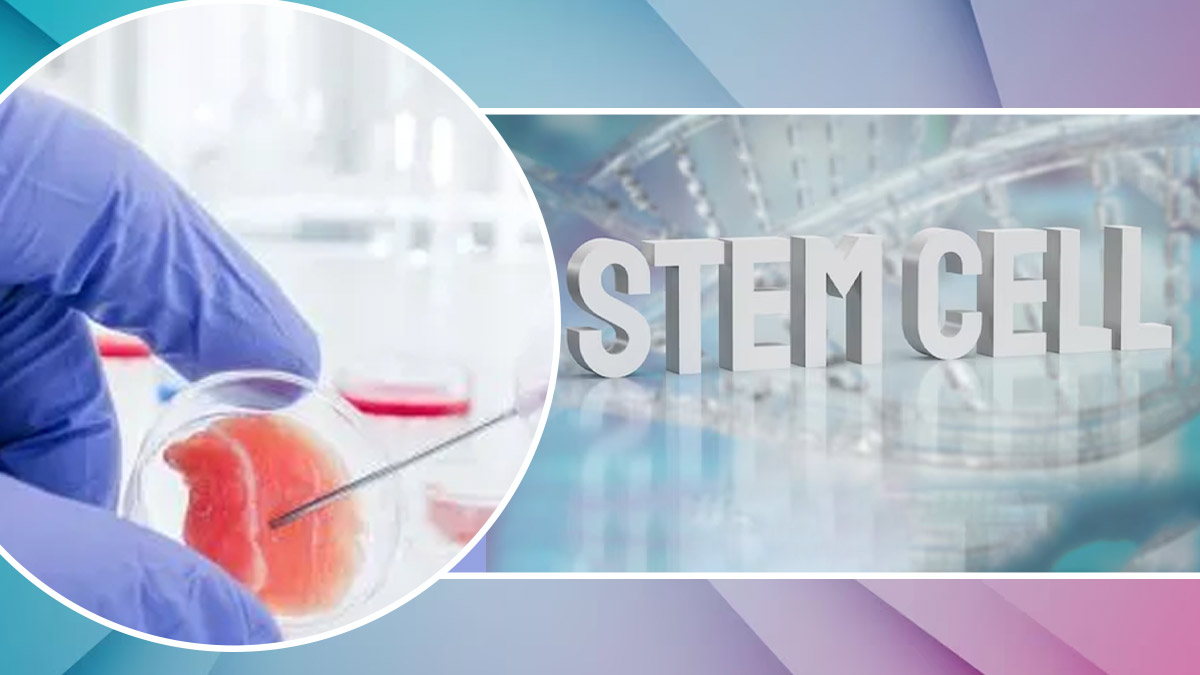
In today's uncertain world, parents are increasingly concerned about their children's well-being and are actively seeking ways to secure their future. And while financial safety is often prioritised, the potential health security offered by stem cell banking is frequently overlooked. Dr Nithya Srinivasan, Medical Director, Cord Blood Division, LifeCell International shares that tem cells possess the extraordinary ability to regenerate and repair damaged tissues,and have therapeutic potential for treating many blood disorders & cancers. Unfortunately, many parents are unaware of the option to invest in stem cell banking to safeguard their child's health. This article aims to shed light on the concept of stem cell banking and emphasise why it is a wise investment for ensuring your child's future well-being.
Table of Content:-
What is Stem Cell Banking?
Umbilical cord blood, obtained during childbirth, is a rich source of stem cells. Stem cell banking involves collecting, processing, and cryogenically storing these cells for potential future use. Cord blood contains hematopoietic stem cells that can generate blood and immune cells. Stem cells can treat many diseases.
There are different models of cord blood banking: private, public, and community banking.
Public Cord Blood Banks
Public cord blood banks function through voluntary donations, where parents relinquish ownership rights to the stored cord blood. These donations are available to the general public from a common pool, but individuals or families needing cord blood units from the public bank must purchase them for a fee.
Also Read: Stem Cell Therapy Can Deal With Kidney Problems, Check Details

Private Cord Blood Banks
Private cord blood banks require parents to pay for preserving their baby's stem cells. These banks store, secure, and monitor the samples for a chosen storage period. Parents can retrieve the stored sample when needed.
Community Cord Blood Banking
Community cord blood banking combines benefits from private and public models. Parents contribute their baby's cord blood stem cells to a shared pool, accessible to themselves and other community members. This approach significantly increases the chances of finding a suitable donor, expanding treatment options for patients. Community banking aligns with recommendations from organisations like the International Academy of Perinatal Medicine (IAP) and the International Maternal Foetal Medicine Foundation (IMA). It solves challenges and costs associated with stem cell public banking while presenting a more sustainable business model compared to public banks.
Advantages of Stem Cell Banking

Medical Insurance Policy: Stem cell banking serves as an insurance policy for your child's future health. By preserving their own stem cells, they gain access to a personalised and compatible source of cells, reducing the risk of rejection and complications if they require regenerative treatments or transplants in the future.
Also Read: Can Stem Cell Therapy Reverse Alzheimer’s Disease?
Potential Therapeutic Applications: Stem cells have shown immense potential intreating various medical conditions, including blood disorders, immune deficiencies, certain cancers, and degenerative diseases. By banking your child's stem cells, you provide them with a valuable resource that may contribute to potential breakthroughs in personalised medicine.
Complete Family Protection: Stem cell banking in a community bank ensures access to cord blood therapy not only for the baby but also for their siblings, parents, and grandparents. This comprehensive protection ensures that the entire family can potentially benefit from the stored stem cells.
Unlimited Retrieval Free of Cost: Members of the community bank are not charged for retrieving cord blood units if they have a medical need. Payment is only made once, at the time of joining the bank when the baby's stem cells are contributed. The services provided free of cost include advanced next-generation sequencing of the @HLA type (Human Leukocyte Antigens) required for transplant matching. This free service extends to the baby, siblings, parents, and grandparents, ensuring accessibility to potentially life-saving treatments without financial burden.
In conclusion, stem cell banking represents a wise investment for your child's future health. It offers a unique opportunity to harness the potential of stem cells for personalised treatments, potential regenerative therapies, and medical breakthroughs. By preserving their own stem cells at birth, parents can secure a valuable resource that may significantly impact their child's health and well-being in the years to come. As the field of regenerative medicine continues to advance, stem cell banking ensures that your child remains at the forefront of future medical possibilities.
Also watch this video
How we keep this article up to date:
We work with experts and keep a close eye on the latest in health and wellness. Whenever there is a new research or helpful information, we update our articles with accurate and useful advice.
Current Version
